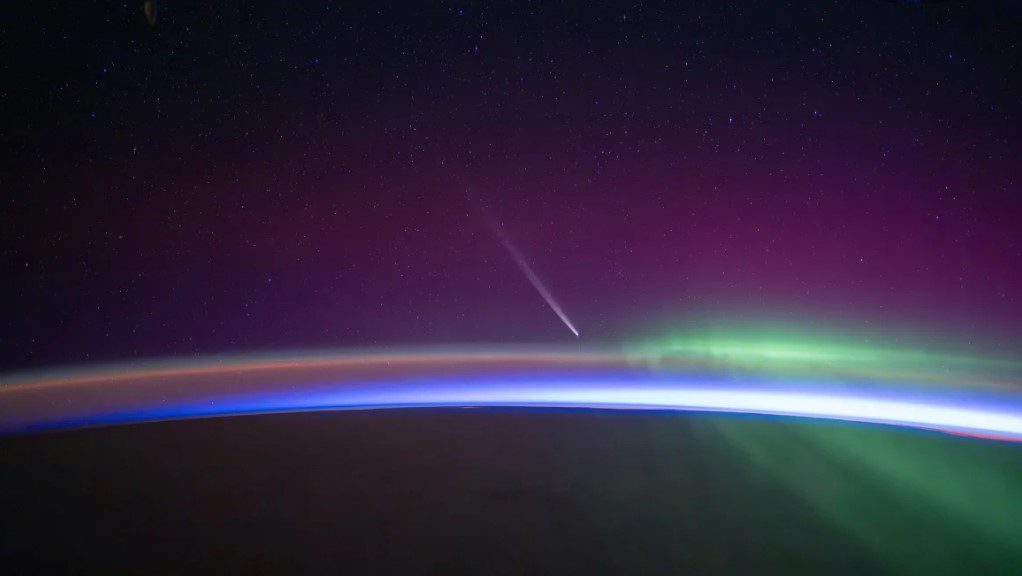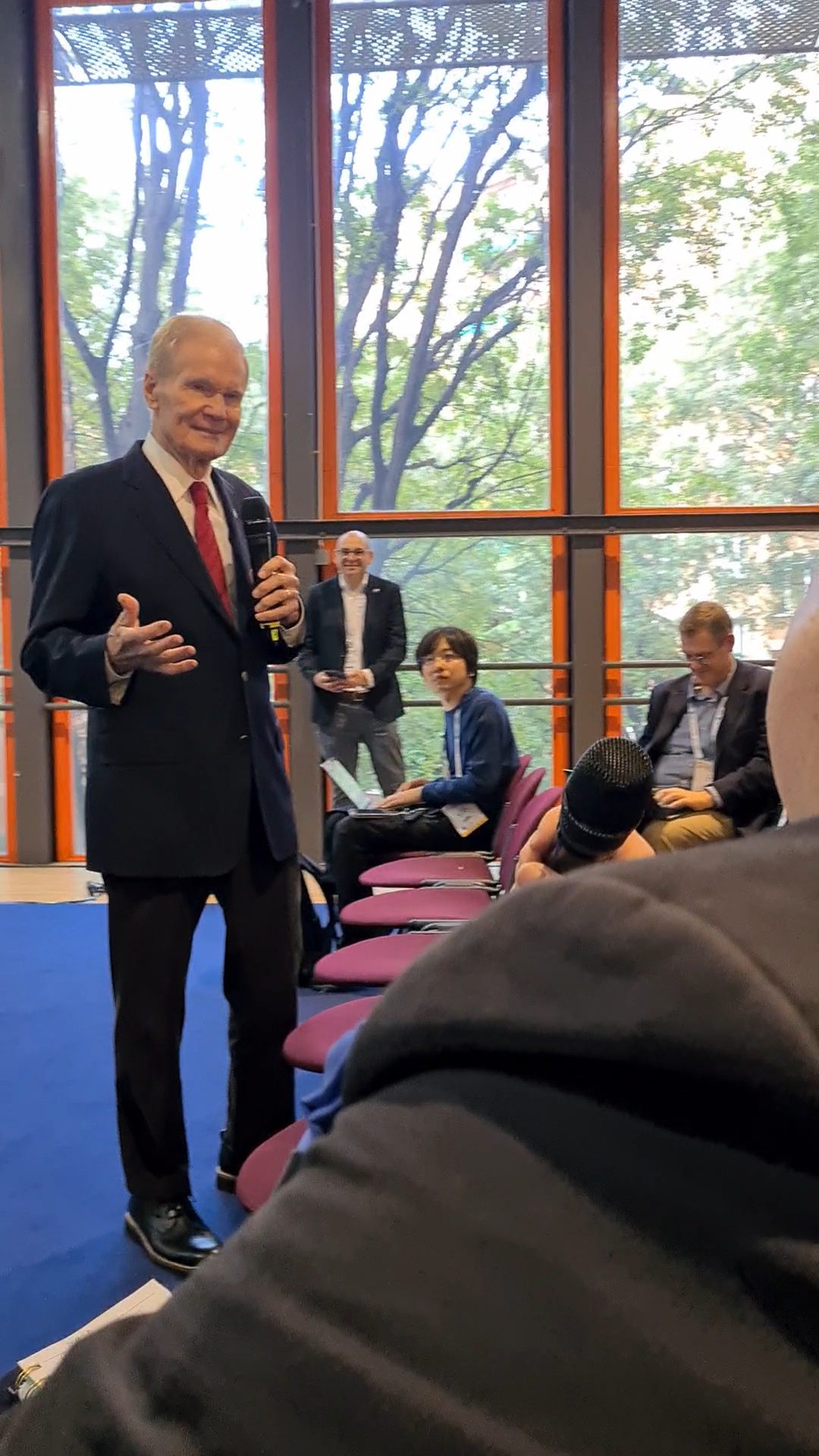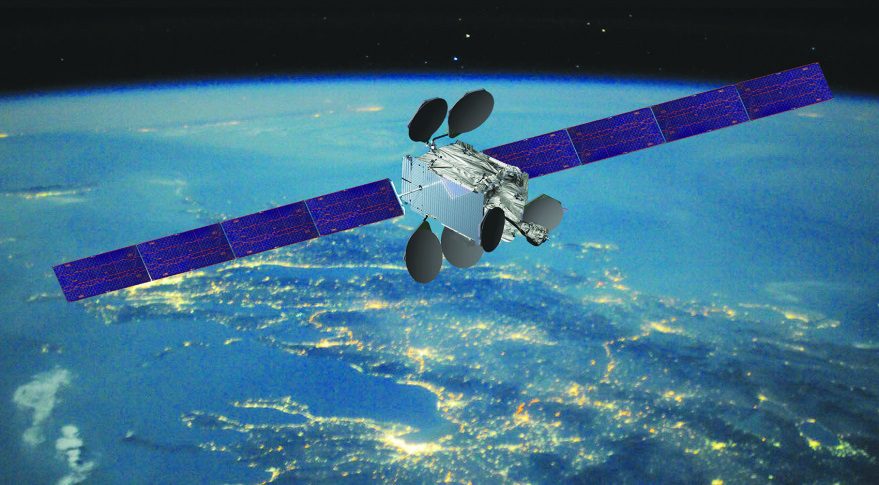ASTROSCALE PTE. LTD. (ASTROSCALE) and Surrey Satellite Technology Ltd (SSTL) have signed a Memorandum of Understanding to pursue joint opportunities in areas of innovative on-orbit technologies and missions designed to remove space debris – especially for missions financed by Japan. As a first step, ASTROSCALE has formally contracted SSTL to supply a “Target” satellite and avionics for its inaugural End-of-Life Service by ASTROSCALE-demonstration (ELSA-d) mission, which will simulate capture of orbital debris and is designed to validate key technologies for end-of-life spacecraft retrieval and disposal services. This target satellite is likely to use the SSTL-42 satellite bus design.
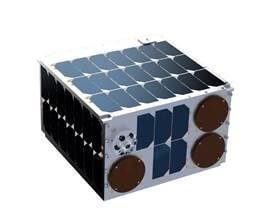
ELSA-d target satellite. Courtesy: SSTL
The ELSA-d mission comprises of a “Chaser” satellite and the Target satellite, and will demonstrate key technologies necessary for orbital debris removal such as rendezvous & docking and proximity operations. ASTROSCALE will design and manufacture the Chaser at its R&D office in Tokyo, using avionics from SSTL. It will be equipped with optical sensing instruments and a redundant capture mechanism.
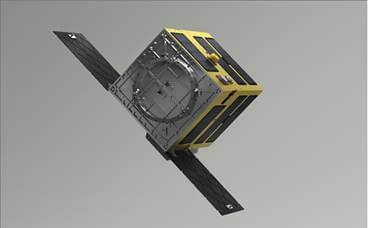
ELSA-d chaser satellite Courtesy: ASTROSCALE
The Target and the Chaser will be attached for launch and deorbit, but while on-orbit, will be deployed in a series of three increasingly complex separation and capture manoeuvres using rendezvous and docking algorithms. A docking plate with optical markers will be attached to the Target, allowing the Chaser to identify and estimate attitude during the docking.
SSTL’s Target satellite incorporates S Band communications, GPS positioning, a 3-axis control system and laser retro-reflector. A variant of the SSTL-42 constellation platform family designed for operational missions in the 5kg-100kg range, it will also fly an HD camera and lighting to record the capture sequences during eclipse.
As an aside, this is not the first time that SSTL has been involved in space debris removal missions. It has also supplied the platform for RemoveDEBRIS, a technology demonstration mission to test debris mitigation technologies and which is due to launch from the ISS in 2018.





